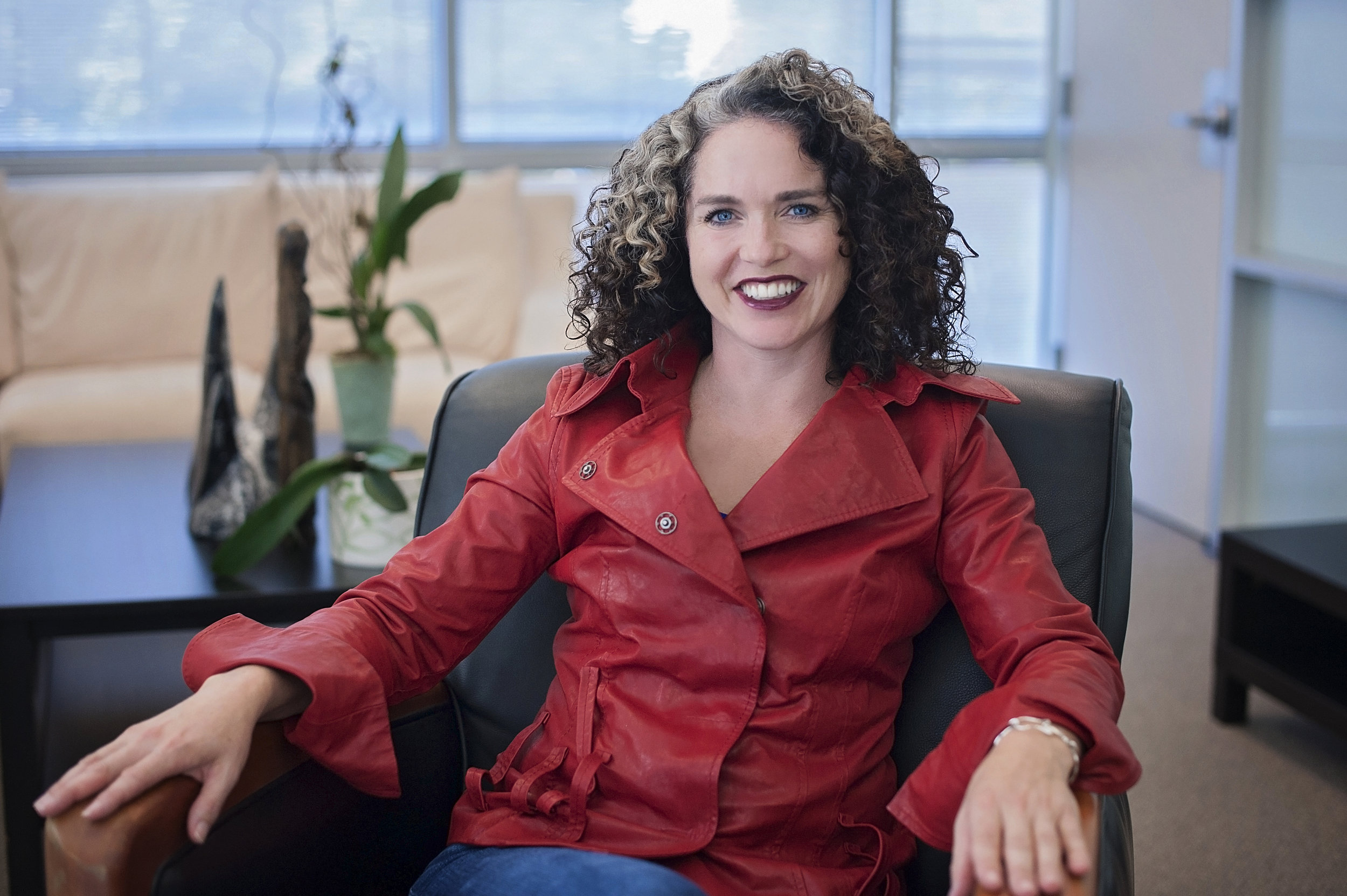Tiffany Rowe shares alternative approaches to funding your company.
Every year, about 50 million new startups are born ― about 137,000 per day. However, in the same day, roughly 120,000 startups die, and many of those are due to insufficient funds. Money is the lifeblood of a business, and startups that don’t have enough cash are destined to suffer and eventually shutter. Many of these underfunded startups belong to women.
Women are responsible for roughly 30 percent of all startups, employing more than 8 million people and generating about $1.4 trillion in sales. Yet, only about 7 percent of venture capitalist funding goes to female entrepreneurs, a staggeringly disproportionate number considering the economic role of women-led businesses. The inequality is causing many inside and outside business to wonder: Why don’t women just get as much funding as men, and what can we do to change it?
The Profile of the Successful Entrepreneur
When tasked with naming successful entrepreneurs, most folks provide similar responses: Bill Gates, Mark Zuckerberg, Jeff Bezos, and those guys from Google; Andrew Carnegie, John D. Rockefeller, and Benjamin Franklin. It isn’t difficult to see what unites these people ― they are all men.
History is brimming with examples of successful women in business, including modern examples like Oprah Winfrey, whose net worth exceeds $3 billion, and J.K. Rowling, who claims more than $1 billion. However, most people are accustomed to seeing men in the entrepreneurial role, and unfortunately, most venture capitalists are people who fall victim to the same misconceptions.
Investors tend to pledge money to startups run by those to whom they feel connected. Because roughly 89 percent of venture capitalists are male ― and 96 percent of leaders of S&P 500 companies are male, too ― men tend to benefit from the current system. When female entrepreneurs approach investors with business ideas, most investors harbor unconscious biases against them. Thus, a higher proportion of women leaders are denied the funding they need to achieve their business dreams.
Funding Alternatives for Determined Women
Fortunately, investors aren’t the only options for women looking to break into business. In fact, women can avoid venture capitalism altogether by financing their dreams with the following methods:
- Traditional business loans. Though bank loans are becoming less and less common, lenders remain willing to lend money to promising startups. With the help of the Small Business Administration, a female entrepreneur can acquire up to about $5 million ― though typical business loans hover around $140,000.
- Microloans. A popular option for entrepreneurs who don’t need much capital to get started, microloans offer more manageable sums and interest rates. They are often offered to disadvantaged entrepreneurs ― i.e., women ― in struggling regions, but nonprofits do offer American entrepreneurs microloan options.
- Lines of credit. Like a credit card, a small business line of credit gives an entrepreneur more control over how much she borrows and when. A line of credit is a continuous source of cash, which is useful for new entrepreneurs who struggle to establish a regular cash flow while maintaining growth.
- Crowdfunding. Perhaps the trendiest of the financing options, crowdfunding allows entrepreneurs to receive small investments from individuals ― ideally future consumers ― to pay for startups, new projects, and more. It requires strong marketing, but it is a powerful source of funds.
- Cash Advances. Retailers and other businesses that frequently process credit and debit transactions can ask their merchant services providers for cash advances. Though these loans can be volatile, entrepreneurs who are certain of their imminent success can draw upon the fast cash to build their businesses.
- Bootstrapping. Perhaps the most daunting of all funding options, bootstrapping requires entrepreneurs to draw upon their private assets to build their businesses. However, women with healthy savings accounts and generous friends and family can achieve monumental success.
The Future of Female Funding
Due to the inequality in funding, women tend to start their companies with at least 50 percent less funding than men generally have ― but that soon might change. The number of startups led by women is increasing exponentially: Five-times more women-run businesses were founded last year than men-owned businesses, with the most growth occurring amongst minority women. What’s more, women are proving more effective at securing funding from alternative sources, proving to venture capitalists that women can be productive. Soon enough, investors will reevaluate their investment strategy, and female entrepreneurs will have fair funding opportunities. Until then, there are plenty of alternatives to choose from.
Tiffany Rowe is a leader in marketing authority. She assists Seek Visibility and our clients in contributing resourceful content throughout the web. Tiffany prides herself in her ability to create and provide high quality content that audiences find valuable. She also enjoys connecting with other bloggers and collaborating for exclusive content in various niches. With many years of experience, Tiffany has found herself more passionate than ever to continue developing content and relationship across multiple platforms and audiences.















